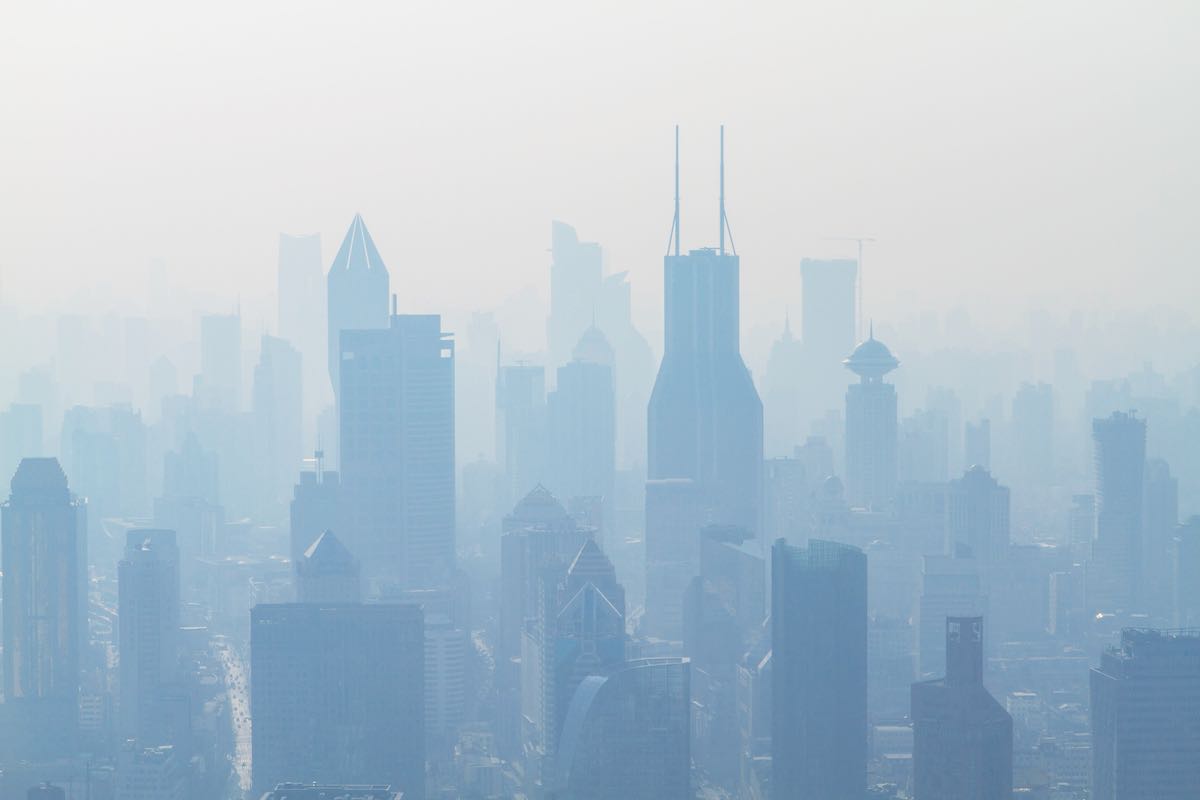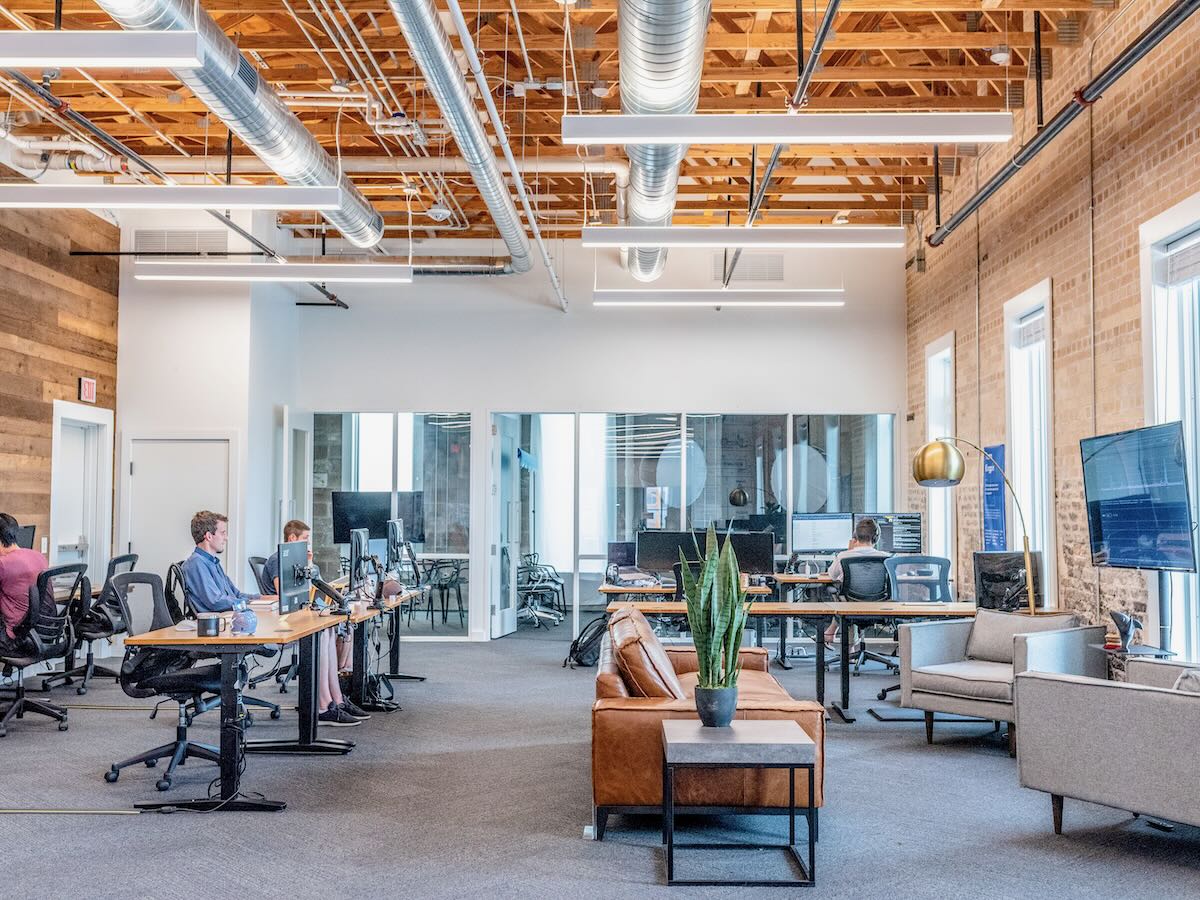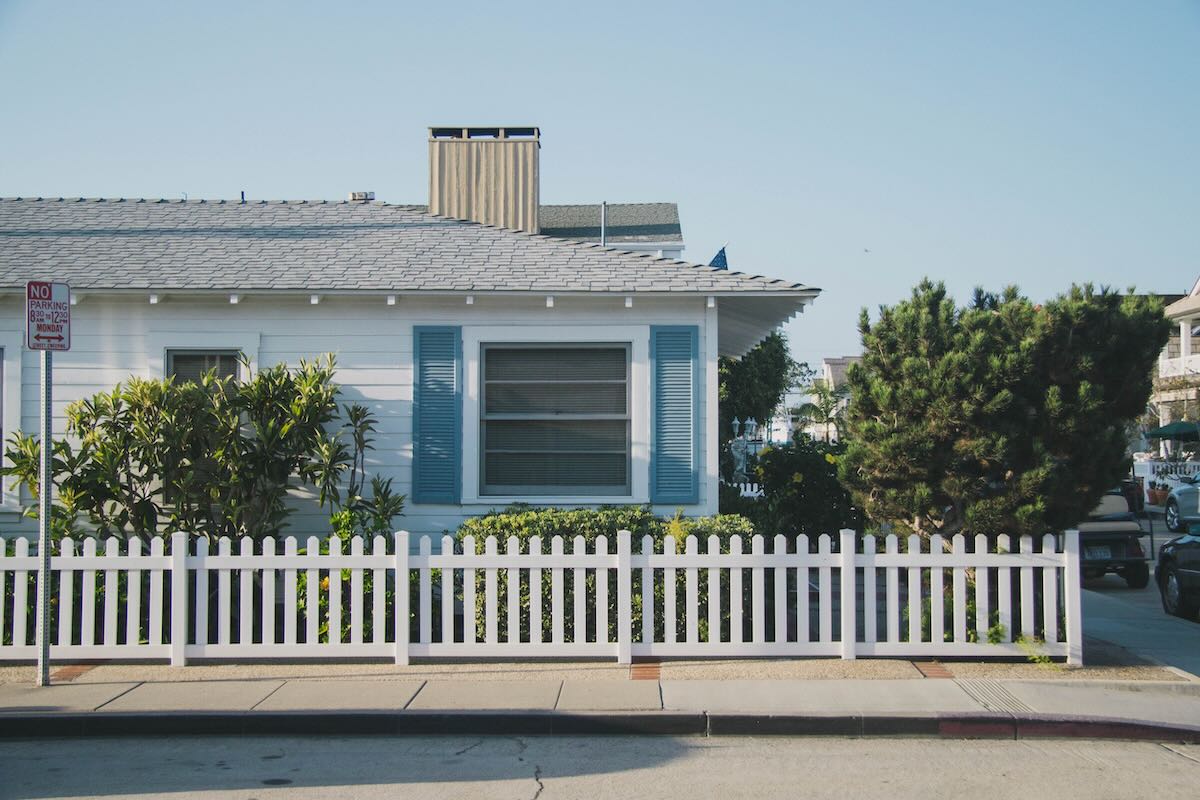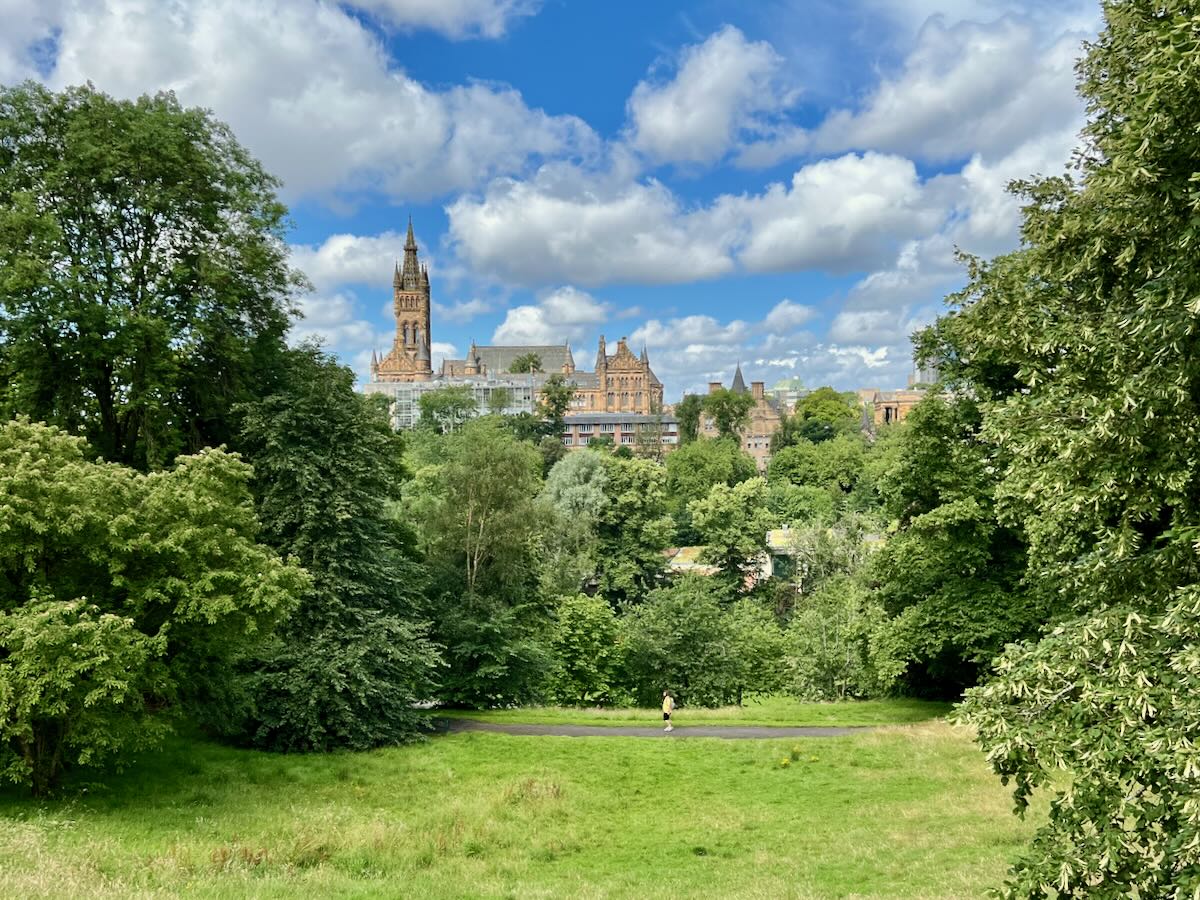Not in My Back Yard
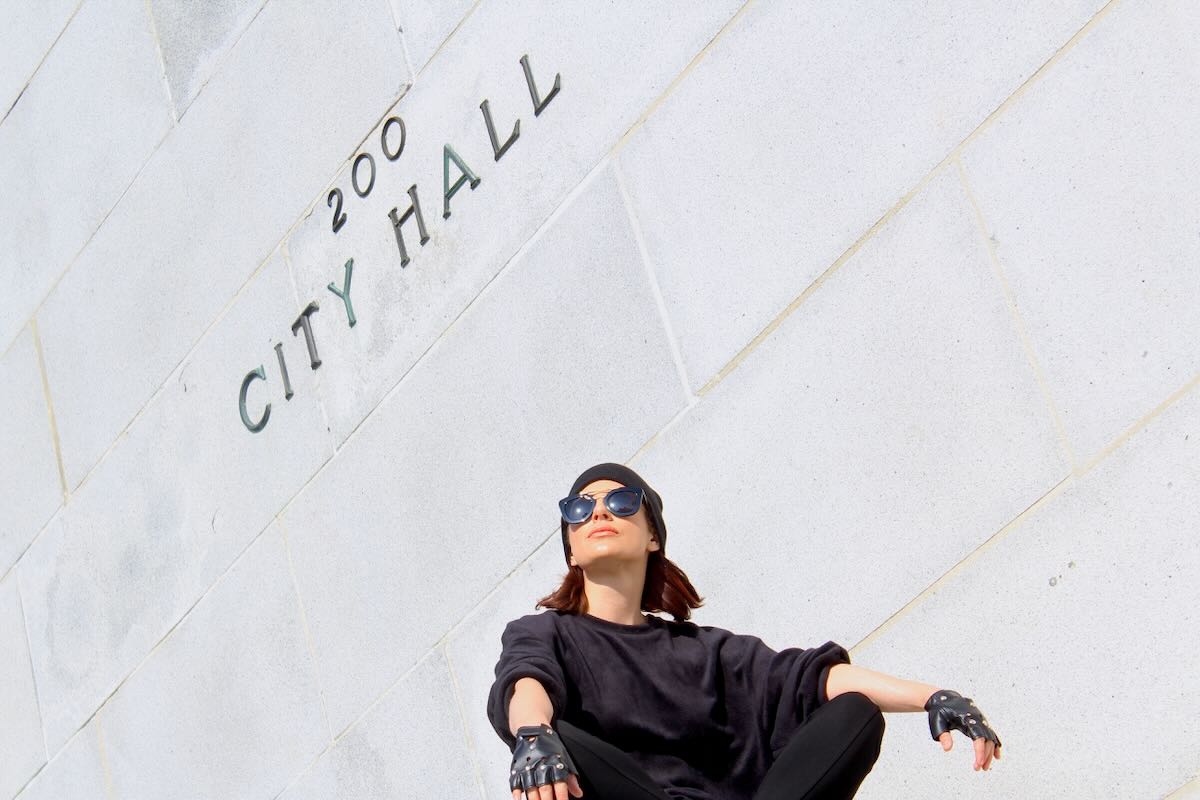
Don’t build it! At least, Not In My Back Yard ! I acted as an advisor in the sale of a beautifully natural, 14-acre urban waterfront estate. Existing zoning allowed for the development of 30 to 35 single-family homes, which after road dedication would leave very little green space. I did not think that was the best use of the site. A discreet condominium project along part of the lake-front could provide over 100 new homes and leave 75% of the land and lake front as a “country park”.
A Pipe Dream
The city’s urban planner agreed but advised it was a pipe dream. Large, single-family houses encircled the property and the home owners would force a referendum which could not be won. In the home owners ideal world, the site would be their private domain at no cost to them. Instead, the new owner-developer has planned an exclusive sub-division for 31 multi-million dollar homes. The developer has been creative in preserving mature trees, a country feel to a linear park along a drainage area, and a small park area on the lake. However the plan severely limits the amount of public green space at the site. The opportunity for responsible development was lost on the NIMBYs.
Better a Heat Island
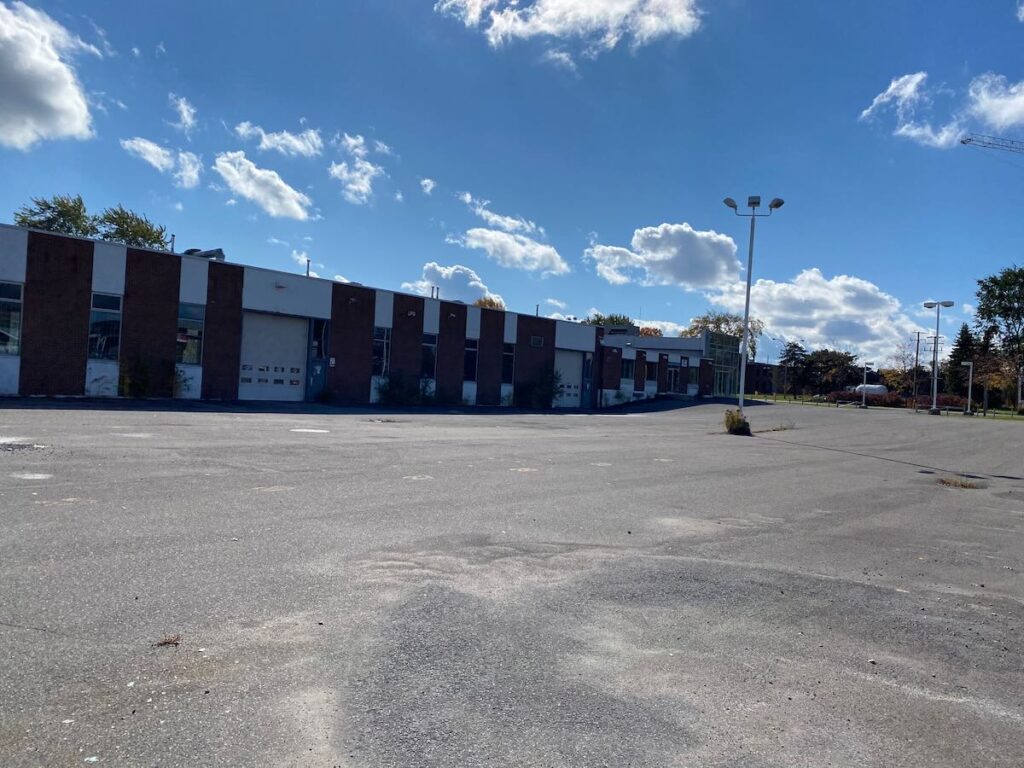
A new rapid transit system runs through a Montréal suburb. Its main stop is at a large regional shopping centre. The mall owner wants to build a transit-oriented rental housing project on a section of its heat island parking lot. The project incorporated green roofs and an eco-friendly landscaping design by an award-winning landscape architect. It would have to replace the surface parking to meet its mall-tenant obligations and proposed a sustainable parking structure. The NIMBY objections:
- The high rises proposed were out of character. Really? The development was going to happen on an ugly parking lot next to a busy highway and an elevated light-rail train station.
- Traffic increase – a disingenuous argument as the location is next to a high-speed commuter rail service designed to reduce car usage.
The opposition to the project has caused unnecessary delays to the development 1300 residential units – this in the middle of a housing crisis and despite the opportunity to turn black surface infrastructure to at least pale green.
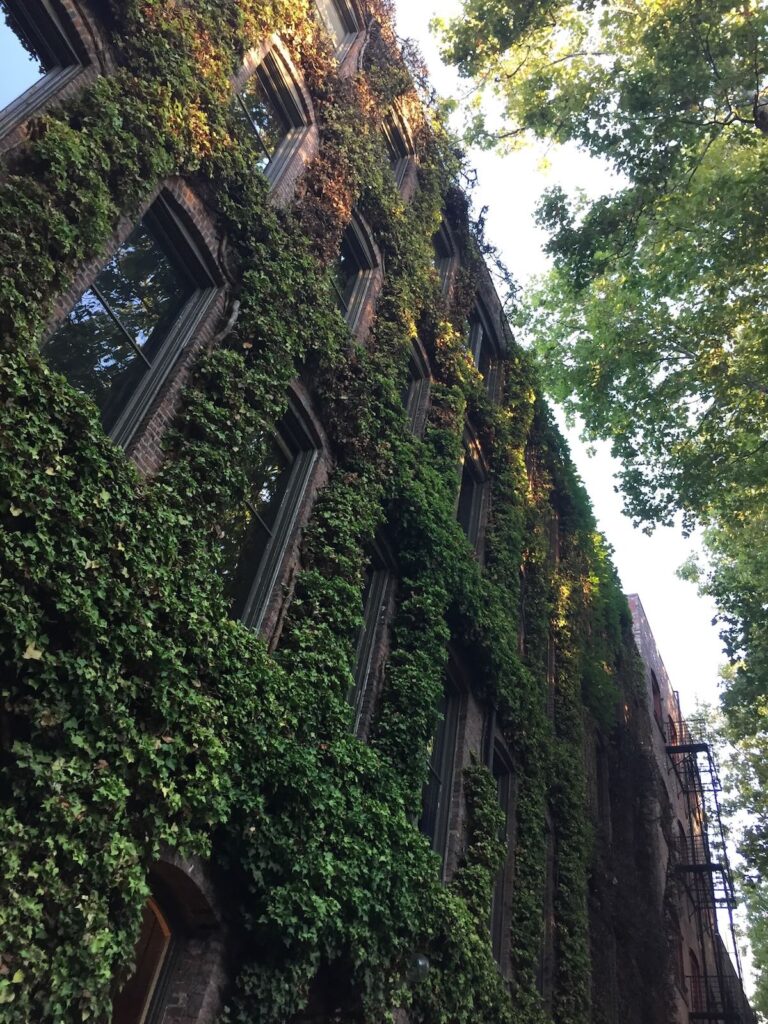
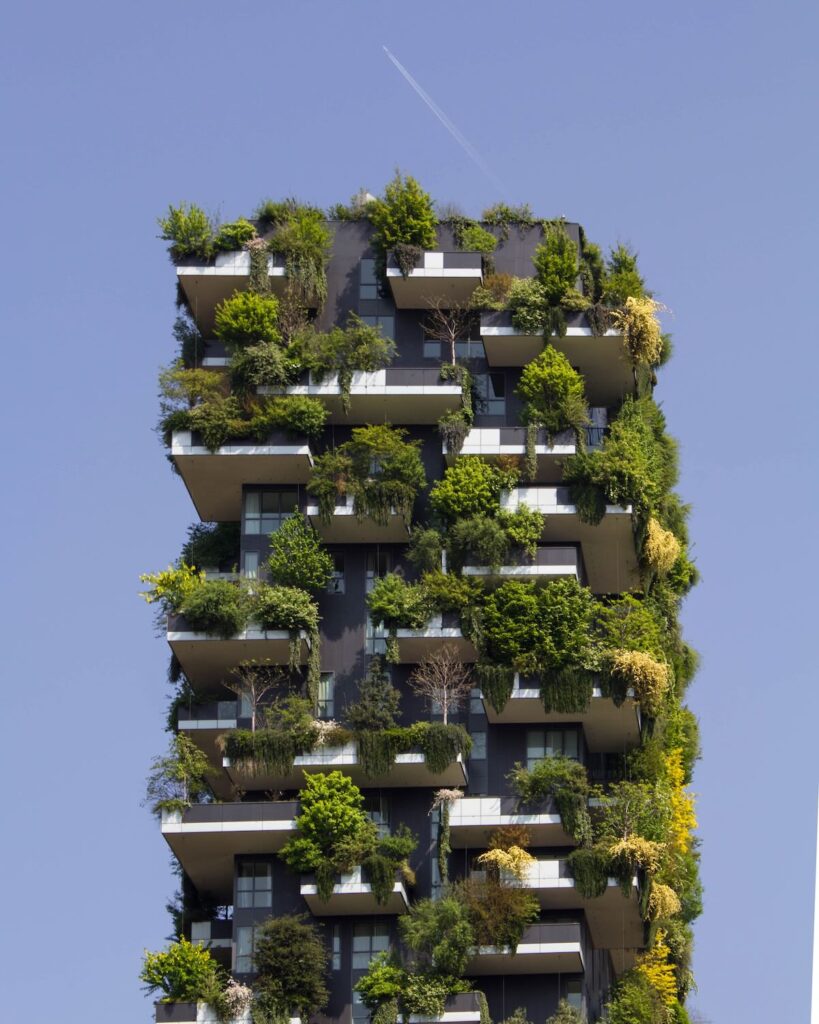
Opposing Social Housing
Propose a project to house the homeless or working poor in a neighbourhood and watch the sparks fly. Assumptions:
- that the make-up of this desperate population consists of undesirables
- that there will be an increase in litter, crime, thefts, and violence
- that property values will decrease
Despite empirical evidence that demonstrates that if people are properly housed and integrated into a community, it has a long lasting and positive impact on all of these issues. Just not in my backyard, please!
NIMBYism can be positive
We do need informed debate on:
- measures to increase urban green space, bio-diversity, and resilience
- reducing the number of cars on the road but not on projects designed close to mass transit routes. a pet peeve – how many “green warrior NIMBYs” have four cars in the driveway for a family of four?
- the development of new automobile infrastructure versus the value of maintenance and gradual road reduction in favour of mass transit and active transportation
- urban plans that take advantage of better use of the built area to increase population density
- the positive impacts of population density on the preservation and greening of undeveloped land and the development of neighbourhood retail that reduces automobile usage.
However much too often, the Not In My Back Yard movement fights to:
- preserve rotting real estate with no heritage or historical value
- stop eco-friendly development of underused, heat-island parking lots that contribute to stormwater runoff and flooding in this era of increasing weather violence
- preventing the green development of desperately needed homes
- blocking housing development for the homeless.
A switch of focus needed
We need thousands of new homes, great green public spaces, better transit, more active transportation, better neighbourhood retail, and far fewer cars on the road. Switch the focus to fast-track projects to Build in My Back Yard.
